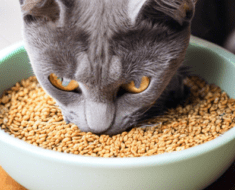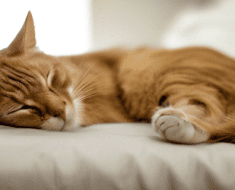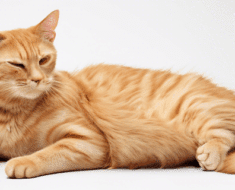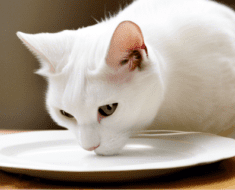To determine how much wet food to feed a kitten, aim for 2-4 meals daily, typically 1/4 – 1/3 cup per meal. When it comes to caring for your new kitten, providing the right nutrition is vital for their growth and development.
One key aspect of their diet is determining the appropriate amount of wet food to feed them at each meal. While guidelines can vary depending on the kitten’s age, weight, and overall health, a general rule of thumb is to offer 2-4 meals per day, with each meal consisting of approximately 1/4 to 1/3 cup of wet food.
By ensuring your kitten gets the right amount of food, you can help support their health and well-being during this crucial stage of their life.
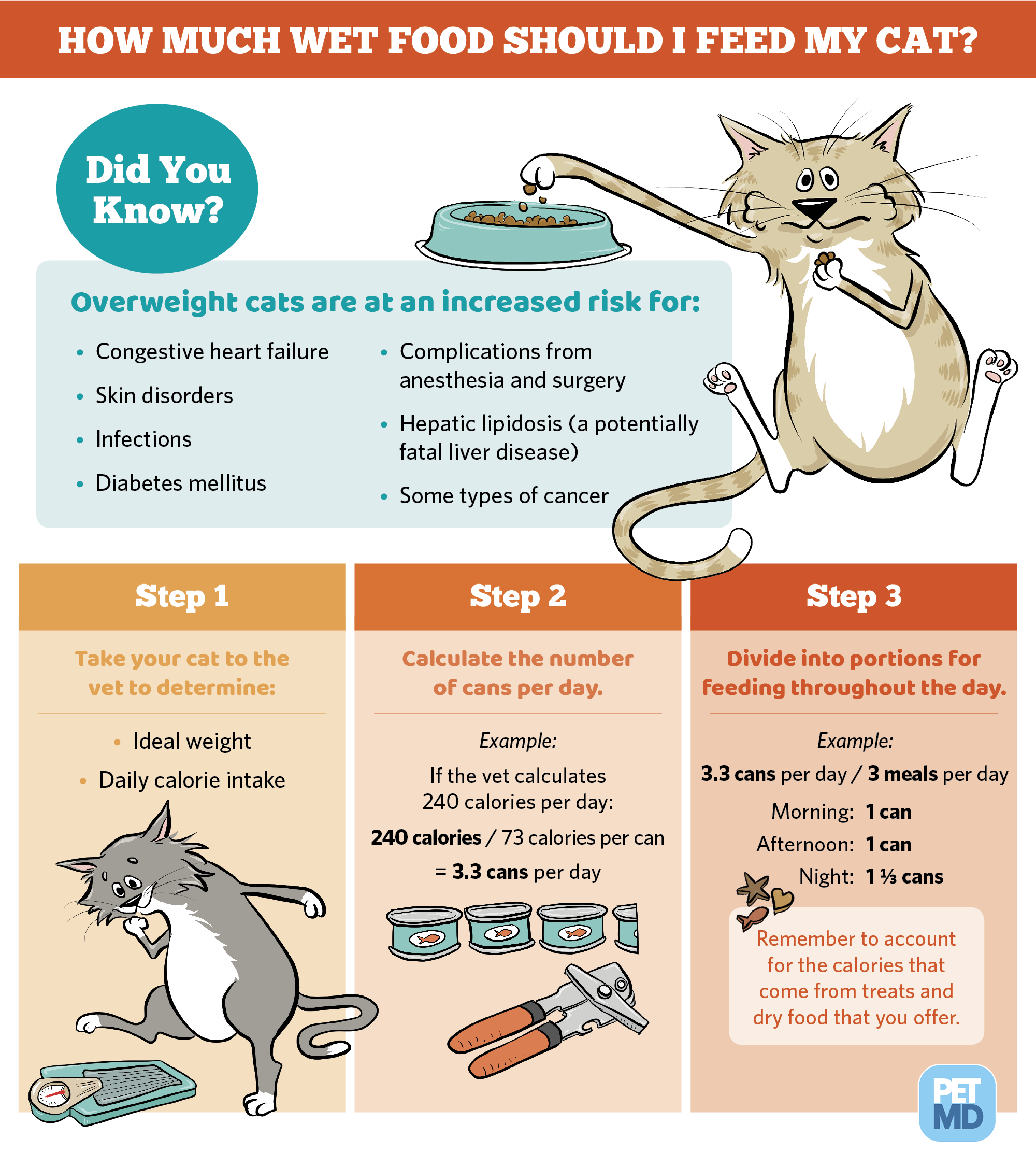
Credit: www.petmd.com
The Importance Of Wet Food For Kittens
- Importance of Wet Food: Wet food helps provide essential moisture to keep kittens hydrated.
- Nutritional Needs: Kittens require a diet rich in protein, vitamins, and minerals for growth.
- Benefits of Wet Food: Wet food is easily digestible and can support healthy development.
- Quantity: Feed kittens 2-4 meals of wet food per day, based on their weight.
- Consult Veterinarian: Always consult a vet for tailored feeding advice for your kitten.
Determining The Right Amount Of Wet Food
Understanding Kitten Feeding Guidelines: When feeding your kitten wet food, consider factors such as age, weight, and activity level. It is essential to follow the recommended feeding guidelines provided by the food manufacturer to ensure your kitten receives the necessary nutrients. Start by determining the correct portion size based on your kitten’s weight and age. Monitor your kitten’s weight and adjust the amount of food accordingly to prevent overfeeding or underfeeding. Remember to consult your veterinarian for personalized feeding advice based on your kitten’s specific needs.
Feeding Schedule For Kittens
When feeding kittens wet food, it is important to establish a consistent schedule. Kittens require frequent feeding, typically four meals a day until they are six months old. It’s important to balance wet food with dry food to ensure a well-rounded diet. This helps to prevent dental issues and provides necessary nutrients. A combination of wet and dry food can also help prevent fussy eating habits in the future. By following a regular feeding schedule and balancing wet and dry food, you can ensure your kitten is getting the nutrition they need to grow strong and healthy.
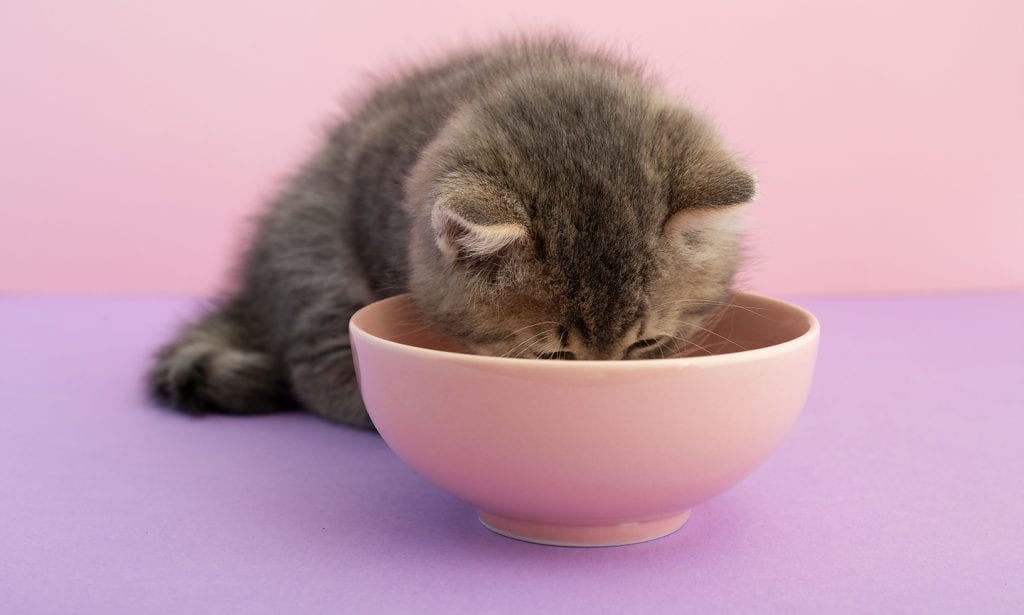
Credit: be.chewy.com
Monitoring Kitten’s Health And Growth
Feeding your kitten the right amount of wet food is crucial for their health and growth. Overfeeding or underfeeding can both have negative consequences on your kitten’s well-being. Monitoring your kitten’s health and weight is vital to ensure they are receiving the correct amount of food. Signs of overfeeding include excessive weight gain, diarrhea, and lethargy. On the other hand, signs of underfeeding may include stunted growth, loss of appetite, and lack of energy. It is important to note that ideal growth and weight can vary among kittens and should be assessed individually. Consulting with a veterinarian is the best way to determine the appropriate amount of wet food to feed your kitten based on their age, size, and breed. Regularly checking your kitten’s weight and adjusting their food portions accordingly will help ensure they are healthy and thriving.
Transitioning To Adult Cat Food
Transitioning a kitten to adult cat food is an important step in their growth and development. It is crucial to introduce adult cat food gradually to avoid any digestive upset. The transition should ideally start when the kitten is around 12 months old. This is the time when they start transitioning from their kitten phase to adulthood.
To ensure a smooth transition, you can follow a few methods. Firstly, start by mixing a small amount of adult cat food with their regular kitten food. Over the course of a week or two, gradually increase the proportion of adult food while decreasing the kitten food. This gradual transition allows their digestive system to adapt to the new food.
Another method is to introduce adult wet food alongside the regular kitten dry food. This helps in providing a variety of textures and flavors, making the transition more appealing to the kitten. You can gradually increase the amount of wet food while reducing the quantity of the dry food until they are completely switched to adult wet food.
When To Start Transitioning
The timing for transitioning to adult cat food varies based on the breed and individual kitten’s growth rate. Generally, it is recommended to start the transition at around 12 months. However, it is best to consult with your veterinarian for personalized advice based on your kitten’s specific needs.
By following these methods and transitioning at the right time, you can ensure a seamless switch to adult cat food, promoting healthy growth and development for your kitten.
:strip_icc()/how-much-canned-food-to-feed-554404-Final-4e9268619c4847eaac29498a6a17d88c.png)
Credit: www.thesprucepets.com
Frequently Asked Questions Of How Much Wet Food To Feed Kitten
How Much Wet Food Should I Feed My Kitten A Day?
Feed your kitten wet food based on weight and age, around 3-5 small meals daily. A 2-4-month-old kitten needs 3-5 small meals, while a 5-7-month-old kitten requires 2-4 small meals. Adjust portions according to your kitten’s appetite and body condition.
Is 3 Oz Of Wet Food Enough For A Kitten?
Yes, 3 oz of wet food is a sufficient amount for a kitten’s meal, providing essential nutrients and hydration.
Is Two Cans Of Wet Food Enough For My Kitten?
Two cans of wet food is typically enough for a kitten, but consult with your vet for specific recommendations.
Can Kittens Eat Too Much Wet Food?
Yes, kittens can overeat on wet food, leading to digestive issues. It’s important to feed them in proper portions to avoid overeating.
Conclusion
Feeding your kitten the right amount of wet food is crucial for their growth and development. By following the recommended guidelines, you can ensure that your kitten receives the necessary nutrients for a healthy lifestyle. Remember to consult with your veterinarian for personalized advice.
Happy feeding!
